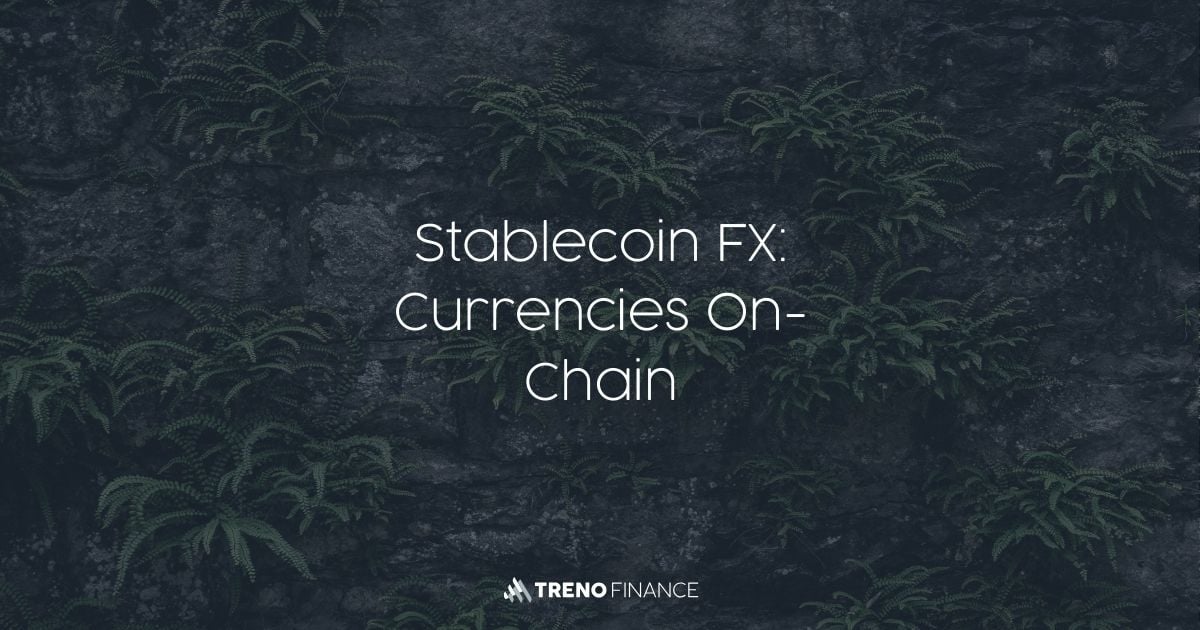How much risk really lies behind seemingly safe yields?
Liquid staking offers flexibility but adds significant risks: smart contract bugs, slashing, illiquidity, and complex dependencies. The yield premium is often too small for the extra risk. Best suited for experienced users, not ideal for passive ETH holders.
1. Yield Always Comes at a Price
Those holding larger amounts of Ether over the long term usually have two goals: preserve value and earn a return. The classic solution is lending, conservative, predictable, but with limited upside. In rising markets, one question inevitably arises:
Where can I find higher yield without putting my core position at risk?
Liquid staking seems like an obvious answer. It promises staking rewards without locking up capital and opens the door to additional strategies like restaking or collateral farming, all while remaining in the Ethereum ecosystem. The arguments sound familiar: liquidity, flexibility, efficiency.
But on closer inspection, one key question emerges:
Is the extra yield really worth the additional risk being taken on?
This article aims to take a sober look. Not at token prices or product hype, but at structure:
How do liquid staking products work? What risks emerge when we stack yield strategies? And for whom does this make sense, or not?
2. How Modern Staking Products Are Structured
Staking itself is straightforward: you deposit ETH and receive a steady yield, much like interest from a bond. Liquid staking products build on this by wrapping that position into a tradable security, typically a so-called Liquid Staking Token (LST). It represents the underlying ETH position and can be freely traded or used in other strategies.
This opens up new possibilities:
- You remain liquid, despite the capital being staked.
- You can use the token as collateral, e.g., to borrow stablecoins.
- Some platforms allow you to restake that token, generating further rewards.
The logic is always the same: one yield source is split, wrapped, and reused to create multiple income streams. On paper, this seems efficient, and in theory, it is.
But with each new layer of flexibility comes additional structural complexity. And where complexity increases, so does the risk, technically, operationally, and regulatorily.
Before we break those risks down, it’s worth remembering:
Yield doesn’t appear out of nowhere. It’s always the result of risk, visible or not.
3. The Hidden Risks in Detail
Liquid staking is often portrayed as the next step in staking evolution, more flexible, more efficient, more modern. But behind the seemingly simple product lies a chain of risks that, when combined, can amplify one another. Knowing them helps make better decisions.
Smart Contract Risk
Every liquid staking token is governed by a smart contract, a piece of automated code that manages custody, issuance, and redemption. Bugs, vulnerabilities, or faulty upgrades can lead to loss of funds or blocked access. History shows: even large, established projects are not immune.
Slashing Risk
Even in liquid staking, the underlying ETH is staked with validators. If those validators fail technically or behave maliciously, they may be penalized, a process called slashing. In such cases, a portion of the staked capital is permanently lost. In complex multi-layer setups, this risk is harder to assess.
Wrapped Token Risk
Many platforms use additional wrapped versions of their staking tokens, like weETH instead of eETH. Wrapping increases flexibility, especially for DeFi use. But it adds another layer of dependency: if the wrapping protocol fails or is exploited, all holders are exposed.
The Illusion of Liquidity
Liquid staking promises tradability, but only under normal market conditions. In times of stress, demand may dry up. Selling the token could then require accepting steep discounts, or waiting through long unstaking queues. The advertised liquidity may vanish when it’s needed most.
Centralization Risk
Some of the largest liquid staking providers now control significant parts of Ethereum’s validator infrastructure. This introduces new dependencies, both technical and political. If one provider becomes too dominant, it raises the risk of regulatory pressure or internal governance failures.
Complexity Risk
The more layers a product has, liquid staking, restaking, incentives, the harder it becomes to grasp the real risk. This includes not just technical complexity, but also financial opacity:
What portion of the rewards is real? What’s speculative?
Which risks am I actually carrying, and which are being shifted elsewhere?
Ultimately, it’s a structure that increasingly escapes the investor’s control.
4. Yield vs. Risk, A Sober Comparison
The key question for any investment is not how much can I earn?
But rather: What risk am I taking, and is the return worth it?
In the case of liquid staking, the trade-off often looks poor. While classic lending platforms like Aave or Spark currently offer around 2 % annual yield on ETH, with moderate risk and high liquidity, liquid staking products offer 3–5 %, with restaking sometimes more. At first glance, the premium seems worth it.
But this yield doesn’t come from stable revenue. It’s created through complex structures: rehypothecation, point-based rewards, governance incentives, or speculative token models. These carry risks well beyond what conservative investors would usually tolerate.
The key point:
A risk you don’t understand or can’t actively manage isn’t a manageable risk, it’s a bet.
This doesn’t mean liquid staking should be avoided altogether. But it demands an informed choice. Those who understand the layers and use them strategically can benefit. Those who simply chase percentages are often lulled into a false sense of safety, with potentially painful consequences.
5. Who Should Consider Liquid Staking, And Who Shouldn't
Liquid staking is not a bad product. It’s a logical evolution in Ethereum’s ecosystem, offering flexibility and new revenue streams. But it is not a drop-in replacement for classic staking or lending. It comes with a specific risk profile.
For those who actively understand the mechanics, manage their positions, and view it as part of a broader strategy, it can be a valuable tool. Especially for technically-savvy investors or institutions with professional monitoring, liquid staking has its place.
But for conservative holders, or those simply looking to “get a bit more out of their ETH”, it’s often the wrong approach. Too many risks, too little transparency, and not enough return to justify the added exposure.
Yield is never free. It’s the price of uncertainty.
If you want to earn it, know what you’re signing up for.






